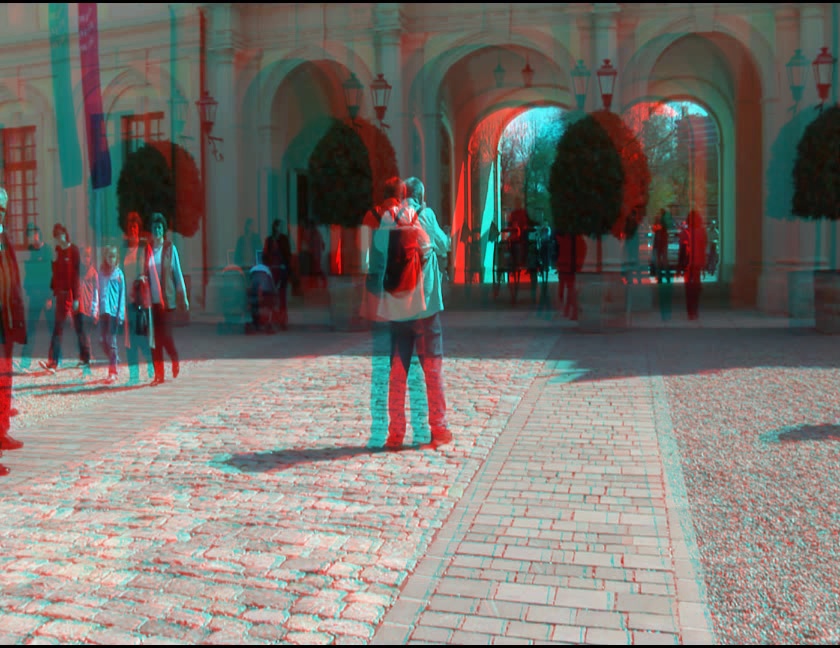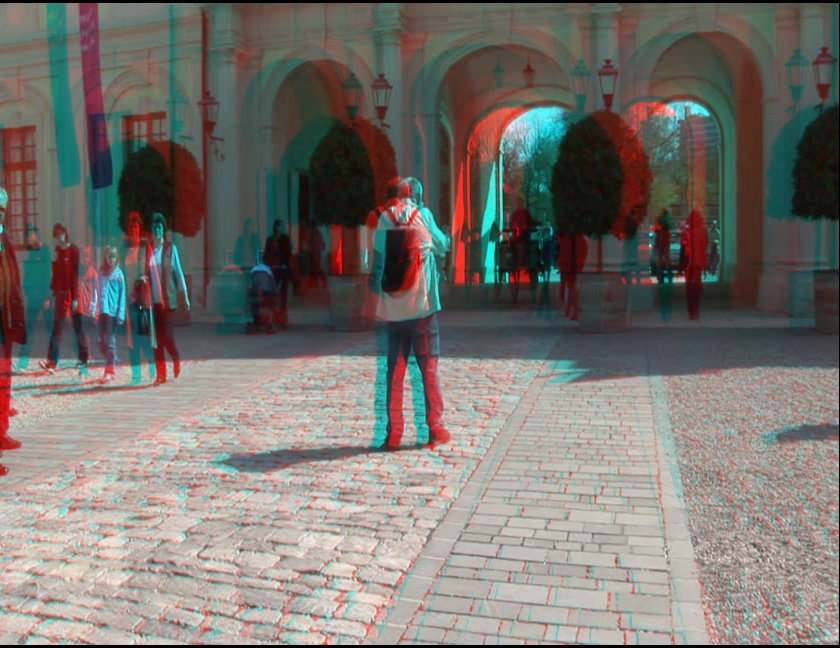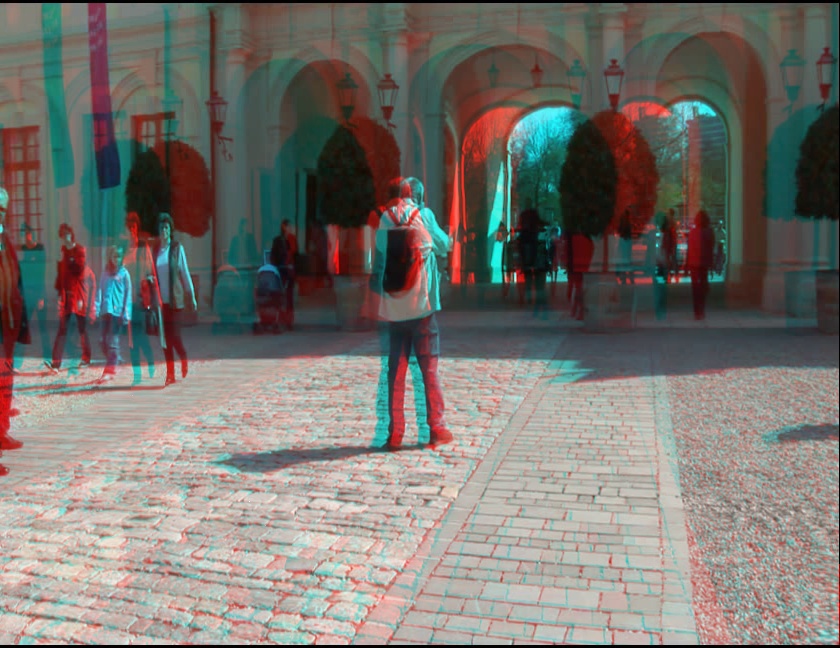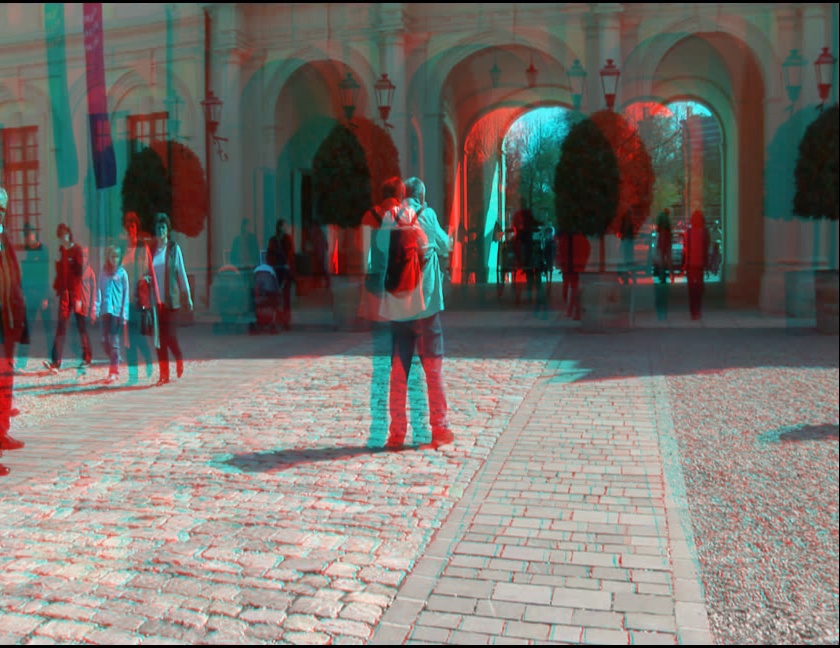 |
 |
 |
 |
(a) |
(b) |
(c) |
(d) |
Tao Yan, Rynson W.H. Lau, Yun Xu, and Liusheng Huang
 |
 |
 |
 |
(a) |
(b) |
(c) |
(d) |
Fig 1. (a) shows the origianl stereo image, and (b)(c)(d) show the results after remapping to different depth ranges using our method. (b) and (c) remap the depth range to cover regions in front of and behind the screen, with (c) having a larger depth range than (b). (d) simply enlarges the depth range. We can see that image features, such as walls on the building, the stone road and the foor, are all well-preserved. The frame size is 648*840.
This page contains the videos that we used in our user study to evaluate the performance of our proposed depth mapping method.
In all our experiments, the viewing configuration is set as follows: the distance between the viewer and the screen is 50cm and the pixel density is 3.41pixel/mm. Image/video resolutions are specified as Height * Width.
Videos used in Experiment 1:
In this experiment, we compare the original videos with the output videos from our method. Each video combines the original frames in the left and the output frames in the right to form combined frames.
| video number | original video and our result | retinal disparity limits |
|---|---|---|
1 |
η1=0, η2=3 |
|
2 |
η1=0, η2=2 |
|
3 |
η1=0, η2=3 |
|
4 |
η1=-2, η2=4 |
|
5 |
η1=-1, η2=3 |
|
6 |
η1=0, η2=2 |
|
7 |
η1=0, η2=2 |
|
8 |
η1=0, η2=2 |
|
9 |
η1=0, η2=2 |
|
10 |
η1=0, η2=3 |
|
11 |
η1=0, η2=3 |
|
12 |
η1=-1, η2=3 |
|
13 |
η1=-1, η2=3 |
|
14 |
η1=0, η2=2 |
|
additional 1 |
η1=0, η2=2 |
|
additional 2 |
η1=-2, η2=2 |
|
additional 3 |
η1=0, η2=1 |
You may download all these test videos from here.
Videos used in Experiment 2:
In this experiment, we compare the output videos from our method and the output videos from [Lang10]. For the output videos from our method and from [Lang10], we double the disparity ranges of original video sequence to obtain the output videos.
| video number | original video | our result | [Lang10]'s result |
|---|---|---|---|
15 |
|||
16 |
|||
17 |
You may download all these test videos from here.